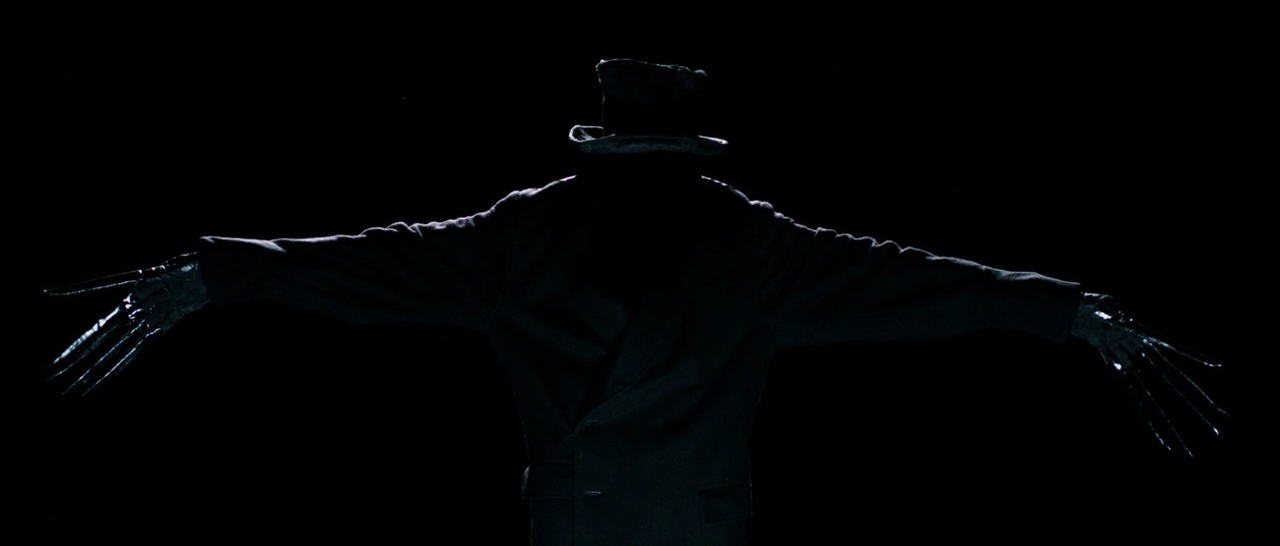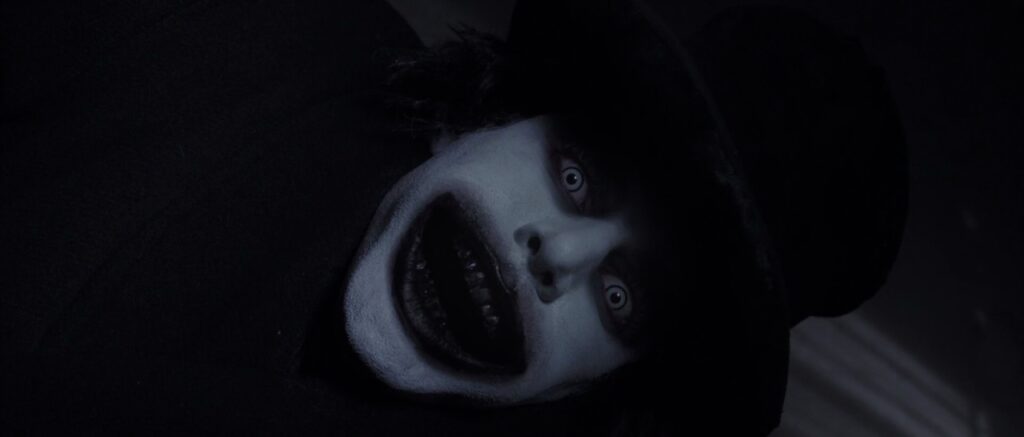
From the moment you hear that scratchy children’s rhyme, you know something’s wrong with Amelia. It’s not just the monster under the bed or the shadows on the wall. It’s the weight she carries every minute she’s awake and the second she drifts into nightmares.
The Babadook (2014) isn’t about a bedtime tale gone bad. It’s about a mother haunted by a loss she never let herself feel.
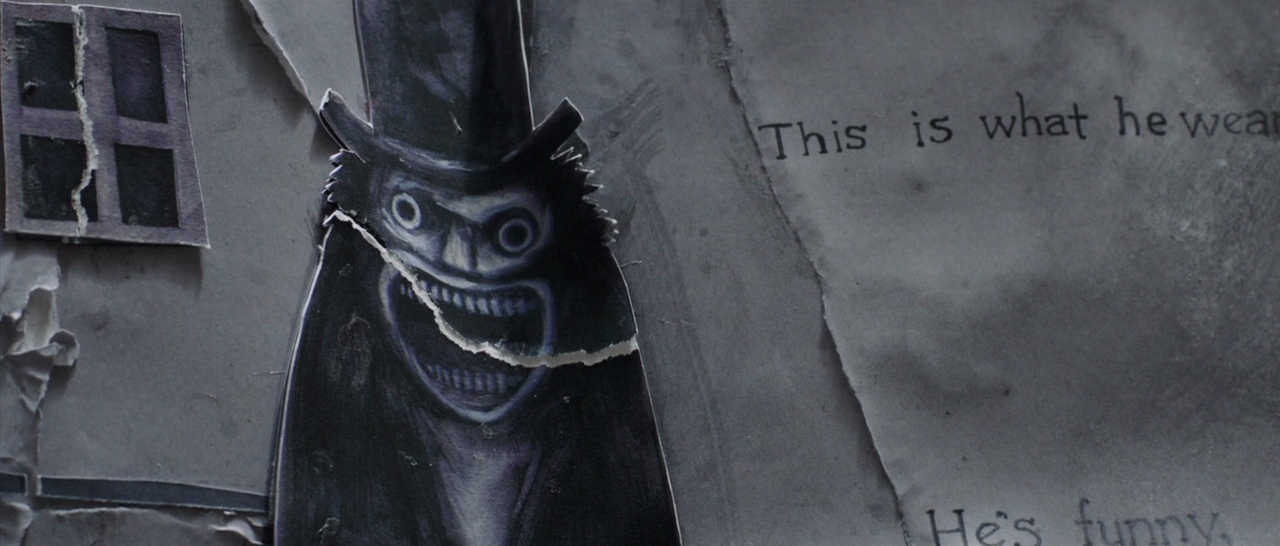
The Babadook as Repressed Grief
That pop-up book named Mister Babadook shows up uninvited, the way memories do when you’re not looking. Every night, the Babadook’s thin, clawed fingers slip further into Amelia’s life. He isn’t an external demon—he’s everything she’s shoved into a box marked “Do Not Open.” The Babadook is her sorrow, her anger, her denial, wearing a top hat and stalking her through dark hallways.
Sam: The Mirror of Denial
Sam isn’t just a scared kid—he’s the living reminder of the tragedy Amelia refuses to face. His nightmares, his clinginess, his insistence on talking about the Babadook—all of it is a shout into the void of her silence. Sam demands her attention exactly when she’s most determined to pretend the past never happened. He’s the echo of her grief, bouncing off the walls until she can’t ignore it.
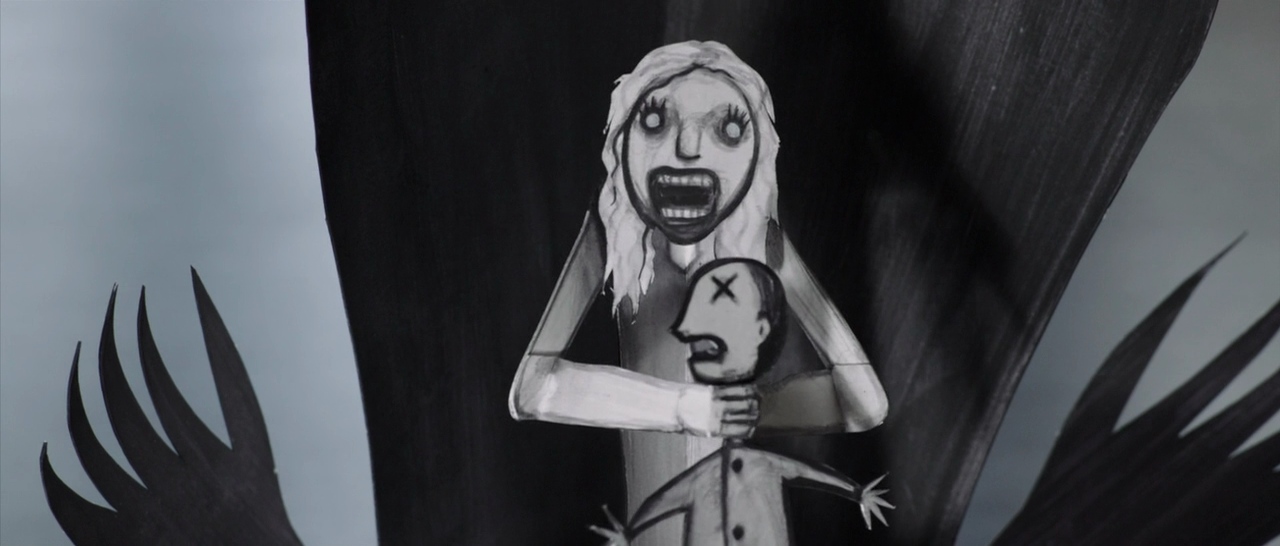
The House: A Mind Unraveling
Every creak in the floorboards, every slamming door, maps onto Amelia’s fraying nerves. The walls close in like the boundaries of her suppressed sorrow. The basement holds the pop-up book, the attic holds her husband’s things, and the hallways stretch into endless corridors of memory. This house isn’t haunted by a witch—it’s haunted by a psyche on the brink of collapse.
Denial as Defense Mechanism
Amelia’s violent fight against the Babadook—slashing at shadows, throwing furniture—mirrors how denial works in real life. She attacks the symptoms, not the cause. She tries to burn the book, to lock up the fear, but every glimpse in the mirror reminds her she’s only battling herself. Denial keeps the wound raw and festering, and every attempt to exorcise the monster only makes it stronger.
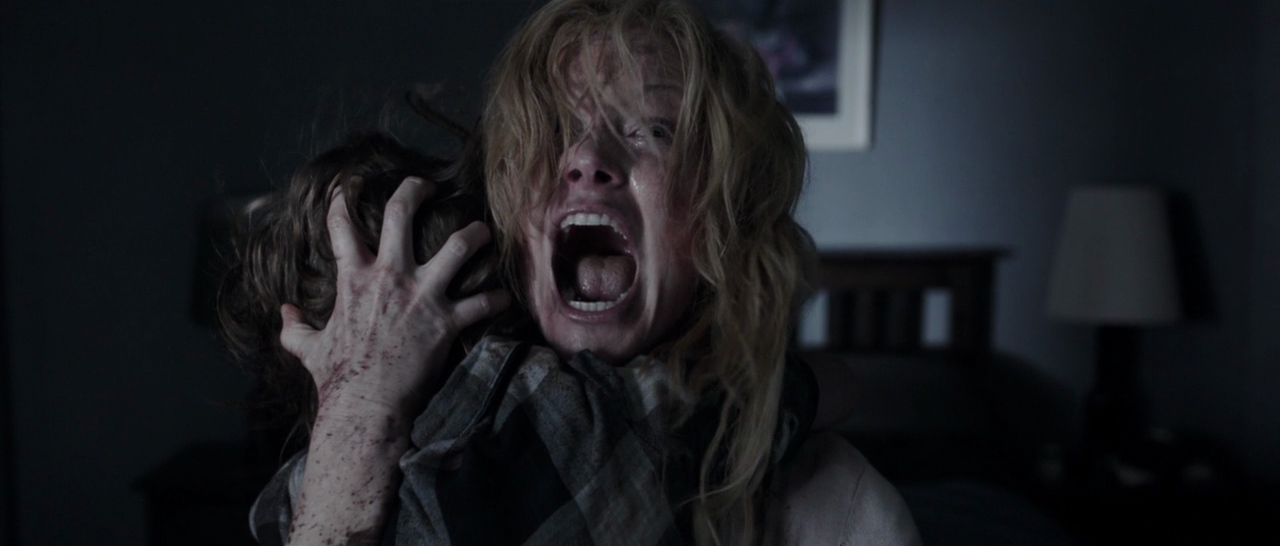
Embracing the Monster: From Exorcism to Integration
The turning point comes when Amelia lowers her defenses and feeds the Babadook—instead of trying to kill him, she gives him a place in her basement. That shift isn’t supernatural redemption; it’s a metaphor for grief work. Acknowledging the pain, giving it space, learning to live alongside it. The Babadook never truly disappears, just like grief never really leaves. But with integration, Amelia finds the strength to be a mother again.
The Babadook shows us that real horror lives inside unprocessed loss. The monster under the bed is only as powerful as the secrets we bury in our hearts. Amelia’s journey isn’t about defeating evil—it’s about finding a way to carry it without letting it carry you.
